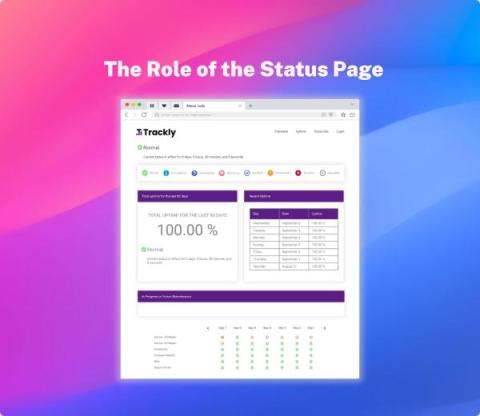How to build the ideal engineering team dashboard
Toggle topic hub menu Engineering teams of today use a plethora of tools to perform different functions in the software development life cycle. While tools like Slack, Teams, etc. are great for quick notifications, they rarely give you a comprehensive view of the things in current state. Sure, you can switch between tabs for all your tools but an "Engineering dashboard" that brings this all together makes it much easier to consume quickly and effectively.











